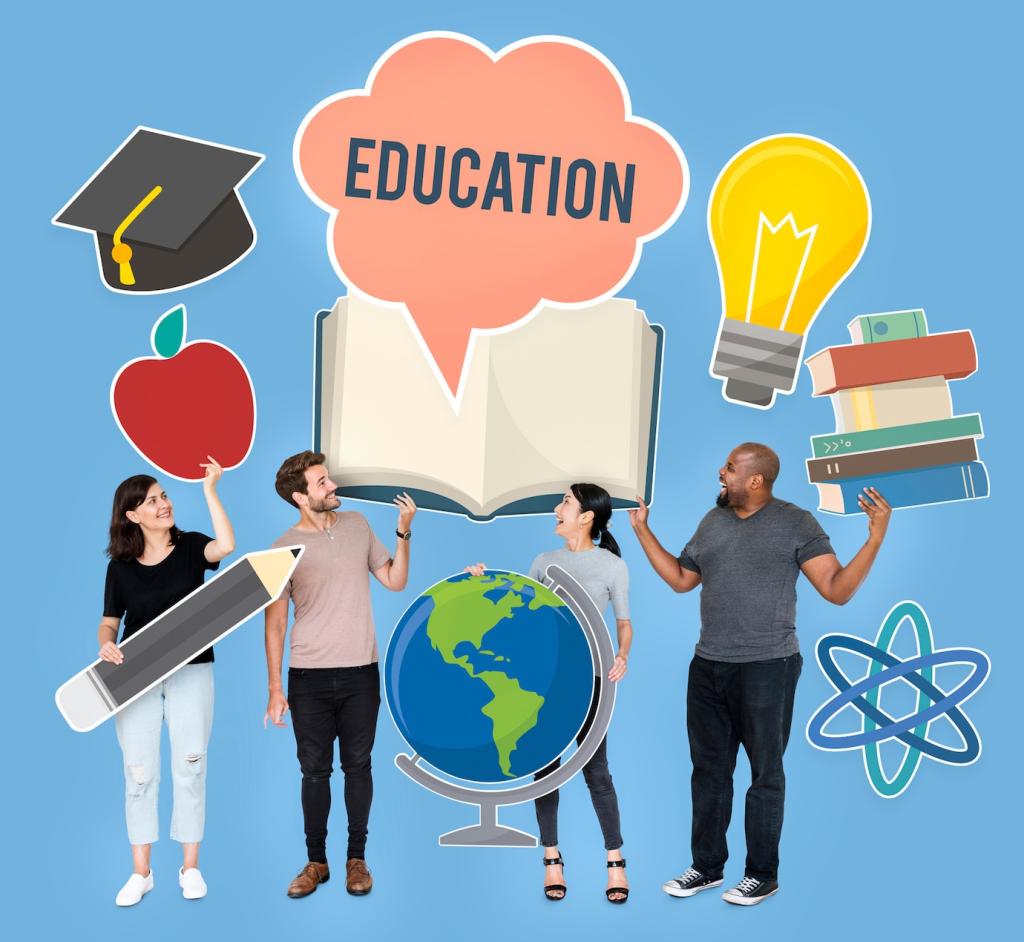Learning That Adapts to You: Adaptive Learning Technologies for Language Learners
Theme selected: Adaptive Learning Technologies for Language Learners. Welcome to a space where your goals, pace, and progress shape every lesson. We explore how intelligent systems personalize vocabulary, grammar, pronunciation, and practice so you improve faster with less guesswork. If this resonates, subscribe, comment with your learning goals, and help shape future articles.
The Personalization Engine: How Adaptive Systems Tailor Language Learning
Instead of a single placement test, adaptive platforms run ongoing diagnostics that quietly measure proficiency across skills. They map performance to frameworks like CEFR, then adjust sequences, revisit fragile knowledge, and surface exactly the right challenge at the right time.
The Personalization Engine: How Adaptive Systems Tailor Language Learning
Adaptive learning technologies for language learners tweak difficulty within seconds. They alter distractors, hint frequency, sentence complexity, and topic familiarity based on your micro-decisions, making each interaction feel uncannily aligned to your current strengths and blind spots.

Feedback Loops That Learn: Turning Errors Into Accelerators
Your recurring mistakes form an error signature—misused prepositions, tense drift, or false friends. The platform clusters these patterns and offers targeted nudges: micro-explanations, minimal pairs, or contrastive examples that dismantle the confusion without overwhelming you.
Feedback Loops That Learn: Turning Errors Into Accelerators
Adaptive systems combine correctness with confidence ratings. If you guessed correctly, they challenge you sooner. If you missed with high confidence, they slow down, explaining precisely why the alternative looks tempting, transforming productive struggle into reliable understanding.


Speech, Text, and Context: The Tech Behind Adaptivity
Pronunciation and Prosody Coaching
Modern speech engines assess phonemes, stress, rhythm, and intonation, then highlight where your articulation diverges from native patterns. The best systems suggest mouth placement, syllable timing, and auditory models that update as your pronunciation steadily improves.
NLP-Powered Writing Assistance
Natural language processing analyzes sentence structure, tone, and register to surface actionable writing feedback. Adaptive platforms scale suggestions—from quick rewrites for beginners to nuanced style guidance—so your texts grow clearer without losing your authentic voice.
Context Models That Understand Meaning
Beyond word matching, semantic models gauge whether you conveyed the intended meaning. If you paraphrase accurately, the system credits comprehension and redirects practice to genuine gaps, respecting the creativity of authentic language use rather than punishing harmless variation.

What Data Is Collected—And Why
Responsible platforms explain data types—responses, audio, time, device—and their purpose: personalization, reliability, fairness checks. Clear documentation, readable dashboards, and accessible export options empower you to understand, audit, and ultimately benefit from your learning footprint.

Consent, Control, and Minimalism
Consent should be a conversation, not a checkbox. Adaptive systems can practice data minimalism, offer granular opt-outs, and provide deletion flows without friction. Power grows with restraint: store less, secure it tightly, and give users meaningful choices.

Maya’s Commute and Ten-Minute Wins
Maya learned Spanish between bus stops. Adaptive micro-lessons tracked her fatigue and switched to listening on crowded mornings, then speaking drills on quieter evenings. In ten-minute bursts, her confidence snowballed into full conversations with coworkers by month three.

Omar’s Plateau and the Precision Breakthrough
Omar stagnated at intermediate French until the platform flagged fossilized tense errors and tailored contrastive drills. It paired news clips with focused prompts, then measured progress. A month later, colleagues noticed his smoother, more accurate updates during meetings.

Ana the Teacher, Data as Dialogue
Ana used a teacher dashboard that summarized class-wide gaps without shaming anyone. She assigned adaptive practice sets and watched equity improve: quiet students gained tailored support, and advanced learners stayed challenged instead of waiting politely for harder material.
Set Signals the System Can Read
Define small, observable goals—five speaking prompts, one listening clip, fifteen new words weekly. Consistent signals improve personalization, helping the platform distinguish difficulty from distraction and recalibrate your path without wasting effort or eroding motivation.
Balance Exploration with Mastery
Rotate fresh content with targeted review. Let adaptive spacing protect fragile memories while you explore topics you love—food, travel, science. Interest fuels persistence, and persistence gives adaptive engines the data they need to tailor success you can feel.
Reflect, Adjust, and Celebrate
Every two weeks, scan your analytics and journal a quick reflection. If your speaking lags behind reading, nudge the mix. Celebrate micro-wins publicly—comment here or share a clip—and invite friends to subscribe for mutual accountability and encouragement.


This is the heading
Lorem ipsum dolor sit amet, consectetur adipiscing elit. Ut elit tellus, luctus nec ullamcorper mattis, pulvinar dapibus leo.

This is the heading
Lorem ipsum dolor sit amet, consectetur adipiscing elit. Ut elit tellus, luctus nec ullamcorper mattis, pulvinar dapibus leo.
